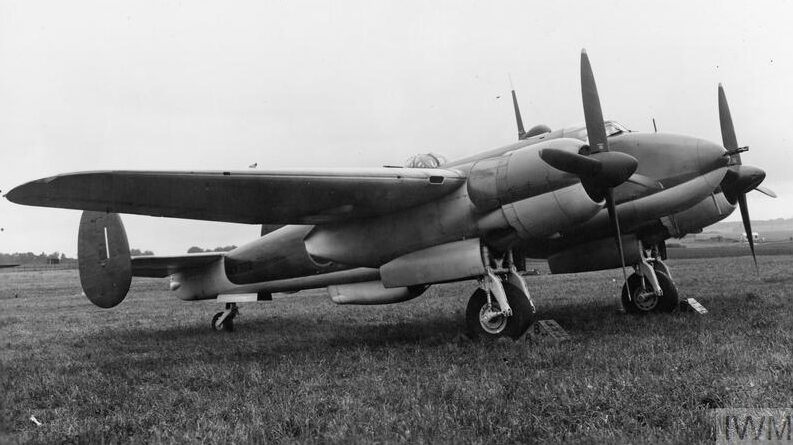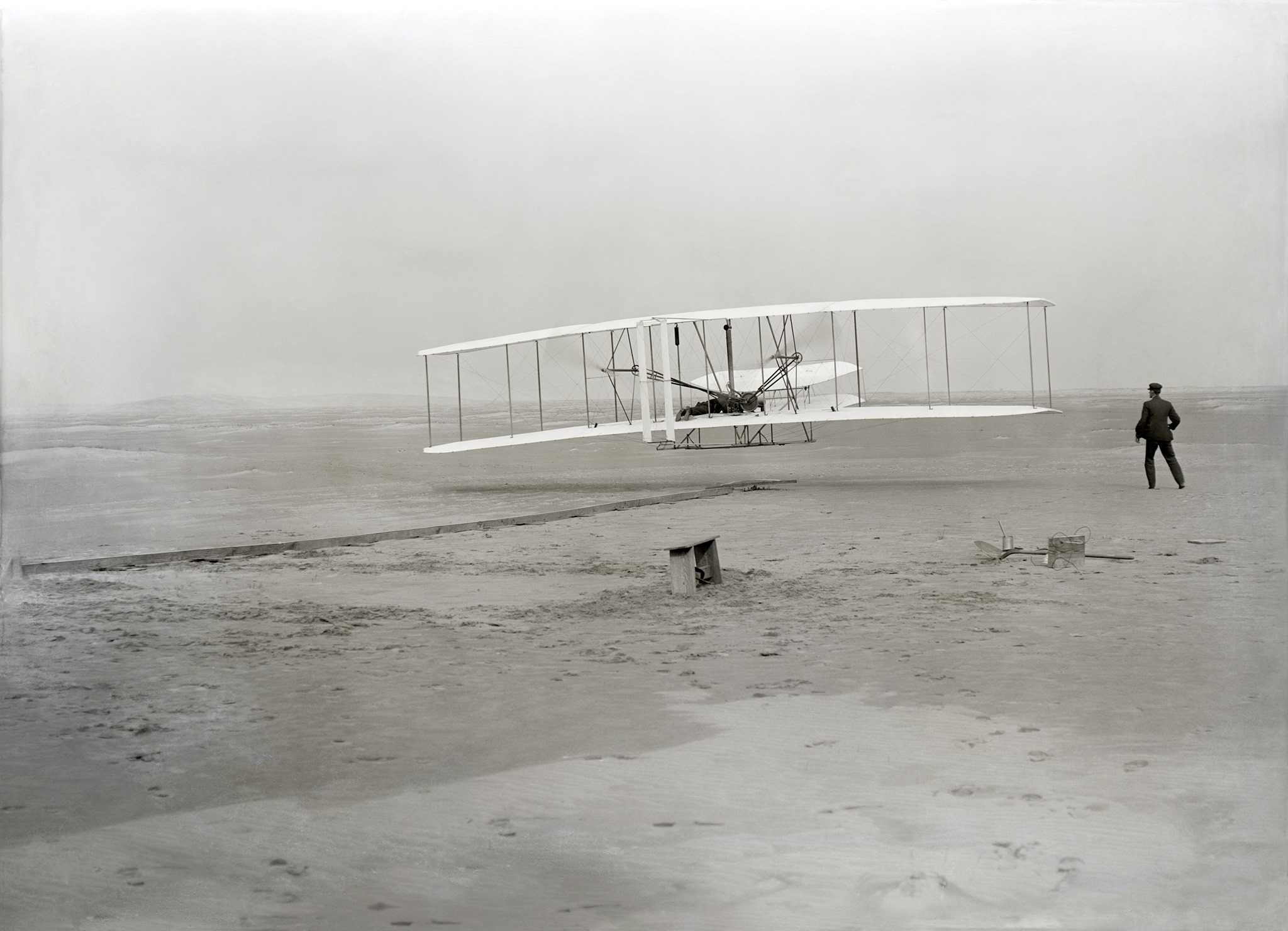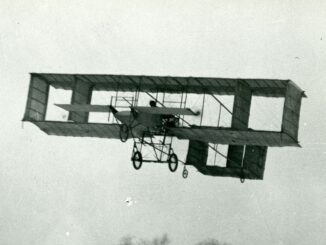 On 4th February 1943, prototype of a twin-engine medium bomber, the Bristol Type 163 ´Buckingham´, performed its maiden flight.
On 4th February 1943, prototype of a twin-engine medium bomber, the Bristol Type 163 ´Buckingham´, performed its maiden flight.
An idea to create a medium bomber based on Beaufighter originally came from its manufacturer, the Bristol company, and appeared there already in the early 1939. Initially, the project was not widely supported by the Air Ministry, due to the then-applicable policy of acquiring medium bombers from the USA. Nevertheless, an official request for development was eventually issued, under a condition the bomber had to really be based on already existing aircraft.
For the Bristol company it meant either Beaufighter or Beaufort designs could be used as a base design for the new bomber, initially designated Bristol Type 161. However, the Air Ministry was still not convinced about the need and roles of the future Bristol aircraft and the development of the new British medium bomber was very slow.
The outbreak of the World War II had changed the situation. The RAF quickly realized that a successor of Bristol Blenheim bomber is urgently needed. In response to that need, the Air Ministry has issued the B.7/40 specification, describing the characteristics of the new aeroplane.
It appeared that Bristol design meets most of those requirements. Therefore, three prototypes were ordered that had to be ready in February of 1941. Designation of the new aircraft was now changed to Type 162 Beaumont.
The development was well underway when authorities from the Air Ministry changed their minds once again, initially issuing the B.2/40 specification but shortly replacing it with another one, B.P/41. Certainly, the Bristol company was responding to all of them, nevertheless such repeating changes of requirements did not make the work easier.
Moreover, each specification was significantly altering the basic role and expected performance, following the current discussions at the Air Ministry and estimated deliveries of the American-made aircraft.
Anyway, the final design – designated by Bristol as Type 163 Buckingham – was ready in the early 1943 and eventually performed its maiden flight on 4th February. The aircraft was powered by two Centaurus IV engines with four-blade propellers, had gun installations in the nose, dorsal and ventral turrets, as well as a mid-fuselage gondola for bombardier.

The new aircraft looked very promising – it was good-looking, well-armed, fast and powerful. Therefore, an order for 400 examples was placed. However, the flight tests soon revealed the aeroplane had significant problem with stability and directional control. Several modifications were made to cure that situation, including an experimental triangular central fin, but it was never completely solved.
Moreover, while the Bristol project was struggling with quickly changing specifications from the Air Ministry, de Havilland company was exceptionally successful with its new design – DH.98 Mosquito. At the time the issues with Buckingham were revealed, it became clear that the ´Wooden Wonder´ was the aircraft that the RAF desired for and the Type 163 is no longer needed.
As a result, even though the first batch of approximately fifty already manufactured Type 163 bombers was taken over by the RAF, the Buckinghams were stored and never seen any action. The second batch of another sixty aircraft was converted for a high-speed unarmed liaison aeroplane, with a crew of three and four passenger seats. That version was designated Type 163 Buckingham C.1.
Eventually, also the aircraft from the first batch were returned to the manufacturer and re-built into C.1 liaison aeroplanes. Nevertheless, demand for such a specialized transport aircraft – fast but with limited passenger/cargo capacity – was very low and most of the Type 163 aeroplanes spent all their life at storages, never flown a single operational flight until they were scrapped.
A few Buckinghams were also converted into a trainer, named Buckmaster and ironically described as ´the fastest and highest performance trainer ever built´.
Today, the Bristol Type 163 Buckingham is among almost forgotten aircraft of the World War II. Information about that aircraft are really brief and just a few photos are available to show that not successful, but still interesting, design of the Type 163.
Cover photo: Bristol Type 163 Buckingham KV303, © IWM ATP 11837B, IWM Non-Commercial licence


